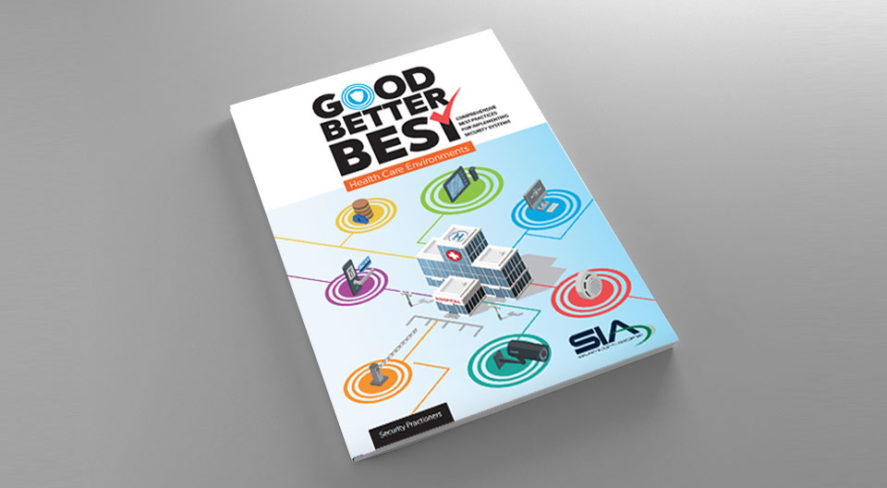Good-Better-Best: Comprehensive Best Practices for Implementing Security Systems in Health Care Environments

It’s fair to say that over the past 10 years, many hospitals have made significant investments to improve the security within and around the perimeters of their facilities. For health care facilities, protecting patients, staff and visitors has become increasingly important in addressing patient privacy, safeguarding against infant abductions and ensuring an overall safe environment. Tighter rules and regulations require health care facilities to keep under lock and key and provide an audit trail of those with access to prescription medication.
In this guide for security practitioners – the first in a series of Good-Better-Best (G-B-B) use cases – the Security Industry Association (SIA) provides comprehensive best practices for implementing security systems in health care facilities and, specifically, the use case of a children’s hospital.
What Is G-B-B?
Whether you are a facility manager, risk management professional or safety officer or have more of a “traditional” title of security program manager, points of reference are an absolute must when investing capital in electronic security and safety solutions. The question remains, “what is the reference criteria needed to make an informed decision on the most appropriate fit when it comes to security products and services for my facility?”
- Good: Meets minimum compliance requirements, has security functions for most common threats and is capable of upgrade
- Better: Provides better sensors, has functionality matching the customer’s operation and has basic systems integration
- Best: Demonstrates measurable return on investment through technology enhancements, leverages artificial intelligence (AI)-based facial recognition for increased confidence level of screening, includes acoustic audio analytics with a common microphone as an Internet of Things sensor, security listens for critical events, operations listens for maintenance issues using natural language AI and incident location is routed to the nearest service person for qualification
Regardless of what offering is made and what criteria were used in developing that design, all choices need to reflect how the security dealer or systems integrator work together with the end user as a trusted advisor or business partner.
G-B-B for Health Care Security
These best practices outline security system design elements for hospitals and other types of health care facilities:
- Outpatient surgical facilities
- Birth centers
- Clinics
- Urgent care facilities
- Imaging and radiology centers
- Mental health and addiction treatment centers
- Nursing homes

SIA’s Good-Better-Best guide to health care and hospital security best practices is available for download to members. The document looks at how electronic security systems can be best applied to keep hospital safe and protect common health care environments.
Topics and elements of system design covered in this guide include physical access control systems, communication systems, fire and life safety systems, video surveillance systems, perimeter/intrusion detection systems, network and telecommunications infrastructure and security information and event management.
More on G-B-B:
- Good-Better-Best: A Practical Guide to Implementing a Tiered Offerings Strategy for Customer Choice (for security systems integrators and distributors)
- Good-Better-Best: Comprehensive Best Practices for Implementing Public Transportation Security Systems (Vol. 1)
- Good-Better-Best: Comprehensive Best Practices for Implementing Public Transportation Security Systems (Vol. 2)
